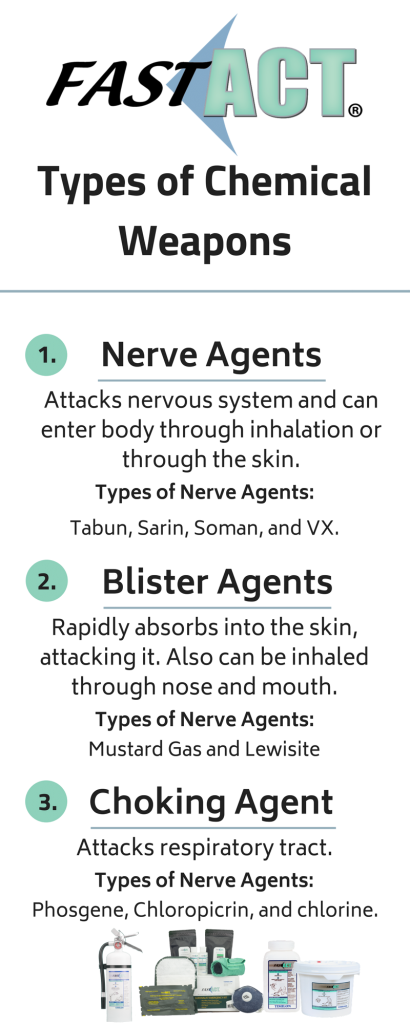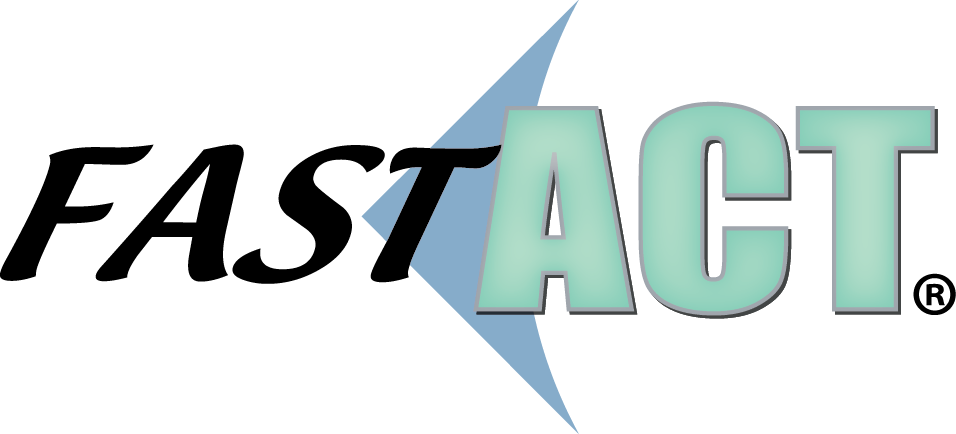[vc_row type=”in_container” full_screen_row_position=”middle” scene_position=”center” text_color=”dark” text_align=”left” overlay_strength=”0.3″ shape_divider_position=”bottom”][vc_column column_padding=”no-extra-padding” column_padding_position=”all” background_color_opacity=”1″ background_hover_color_opacity=”1″ column_shadow=”none” column_border_radius=”none” width=”1/1″ tablet_text_alignment=”default” phone_text_alignment=”default” column_border_width=”none” column_border_style=”solid”]
Types of Chemical Warfare Agents
[divider line_type=”Full Width Line” line_thickness=”1″ divider_color=”default”][/vc_column][/vc_row][vc_row type=”in_container” full_screen_row_position=”middle” scene_position=”center” text_color=”dark” text_align=”left” overlay_strength=”0.3″ shape_divider_position=”bottom”][vc_column column_padding=”no-extra-padding” column_padding_position=”all” background_color_opacity=”1″ background_hover_color_opacity=”1″ column_shadow=”none” column_border_radius=”none” width=”1/1″ tablet_text_alignment=”default” phone_text_alignment=”default” column_border_width=”none” column_border_style=”solid”] Chemical warfare agents (CWAs) are made up of a diverse group of extremely hazardous materials, and the different types of chemical warfare agents all present different risks to the human population. The power of these agents can lead to a high level of destruction and can potentially cause a complete catastrophic medical disaster to the targeted area. These man-made chemical agents present a great hazard due to the simplicity and inexpensiveness to create this warfare agent, specifically for terrorist groups.
Chemical warfare agents (CWAs) are made up of a diverse group of extremely hazardous materials, and the different types of chemical warfare agents all present different risks to the human population. The power of these agents can lead to a high level of destruction and can potentially cause a complete catastrophic medical disaster to the targeted area. These man-made chemical agents present a great hazard due to the simplicity and inexpensiveness to create this warfare agent, specifically for terrorist groups.
The development of chemical warfare agents was originated by the German gas attack that used Chlorine agent in the 1915 attack at Ypres, Belgium. The use of these toxic chemical agents includes phosgene, sulfur mustard, and lewisite’s caused 100,000 deaths and 1.2 million casualties in World War I. Now, chemical warfare agents have been categorized into three major classes including:
- Nerve
- Blister
- Choking
Distinguishing Different Types of Chemical Weapons
Chemical weapons are placed into different categories based on volatility, chemical structure, and physiological effects produced on humans by the agent. The three categories of chemical warfare agents include nerve, blister, and choking.
Nerve Agents
An agent that acquired its name because of its effects on the functioning of the nervous system. One of the first known nerve agents, Tabun (GA), was first developed in 1930s Germany, followed by the other dangerous nerve agents such as Sarin & Soman. Nerve agents have been labeled as a more toxic agent than the other listed chemical warfare agents.
Blister Agents
Blistering agents, also commonly referred to as vesicants, are hazardous compounds that produce skin injuries similar to burns on the body. There are two forms of blistering agents, mustard, and arsenical, that both affect the upper respiratory tract after inhalation. The most dangerous in this chemical warfare class is sulfur mustard, which is also referred to as the king of CW agents, due to its high level of danger.
Choking Agents
Choking agents were among the first CW agents produced in large quantities and used extensively during World War I. These agents are often times heavier than air and settle closer to the ground, making it more hazardous for people and their health when on the ground.
Decontaminating Your Environment & Shielding Yourself from Chemical Agents
When chemical warfare agents are deployed into the environment, the level of danger for your health will most likely be at an all-time high. Chemical warfare agents have the potential to substantially impact the overall health of those exposed. This leads to a critical question; how can you shield yourself and your environment from these toxic agents?
FAST-ACT utilizes a proprietary formulation that is highly reactive against a broad spectrum of chemicals to completely neutralize the agent at the source. This technology is not only effective against most chemicals, but it also is effective against the most dangerous of chemicals including chemical warfare agents. FAST-ACT provides a variety of different applications from surface decontamination, vapor decontamination, and personal protection from inhalation of chemicals. To learn more about FAST-ACT and the FAST-ACT Chemical Decontamination Kit, click here.


